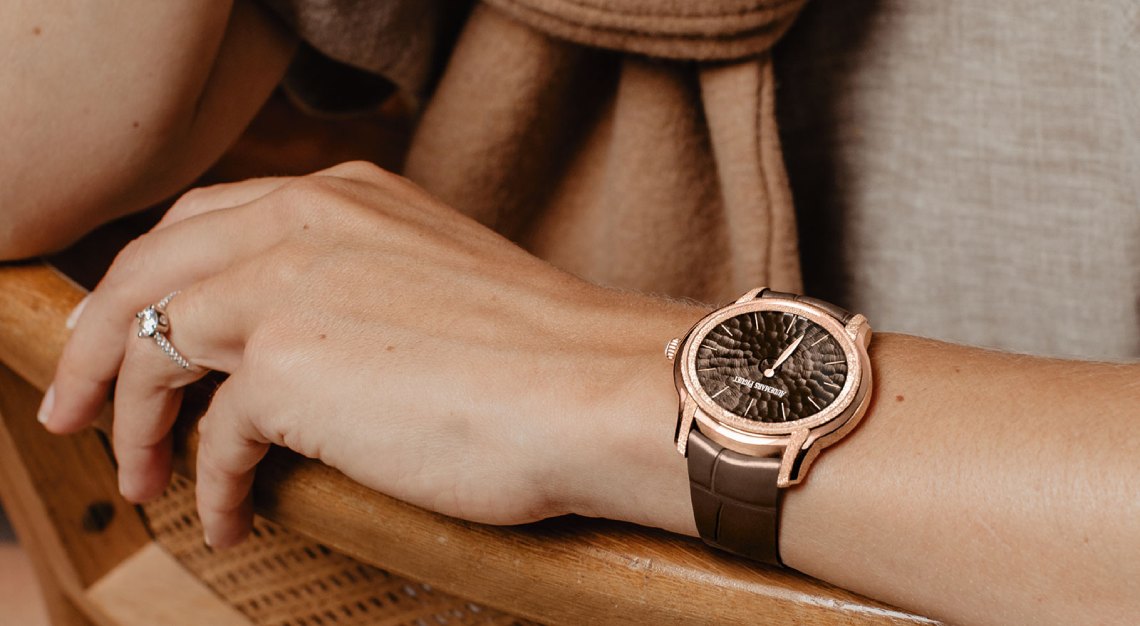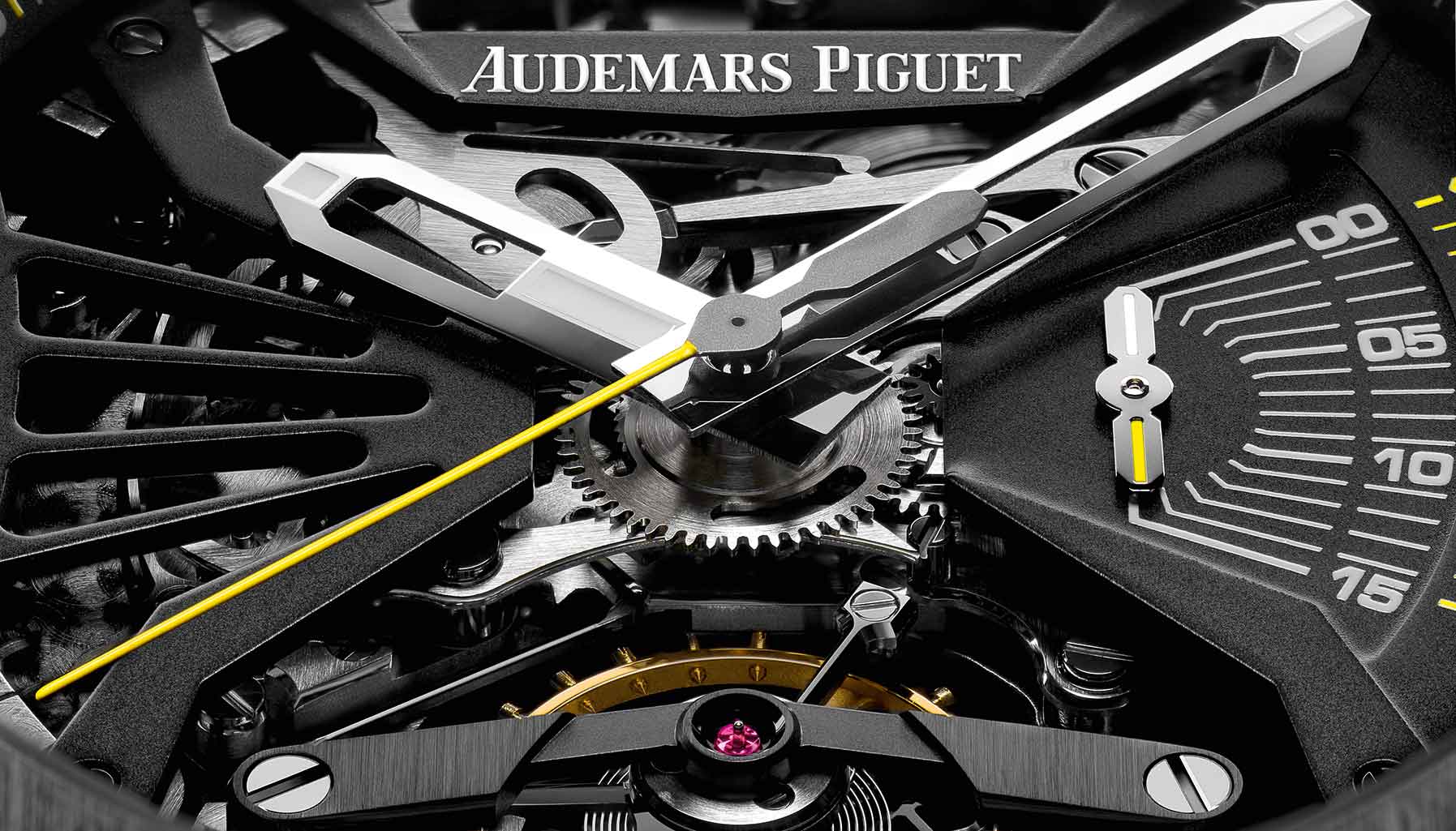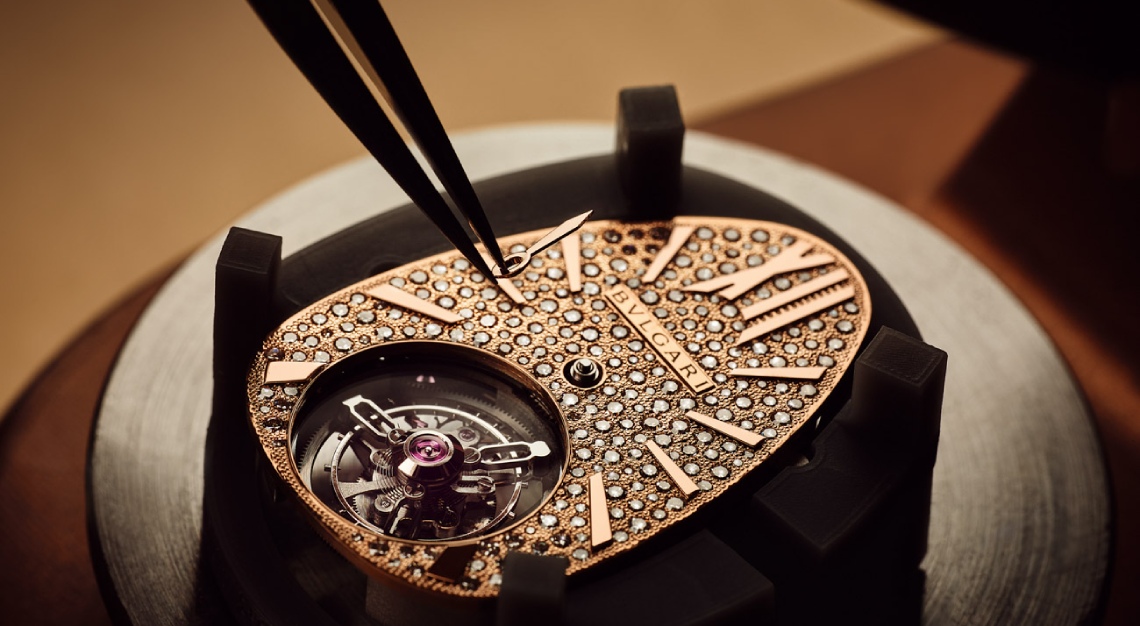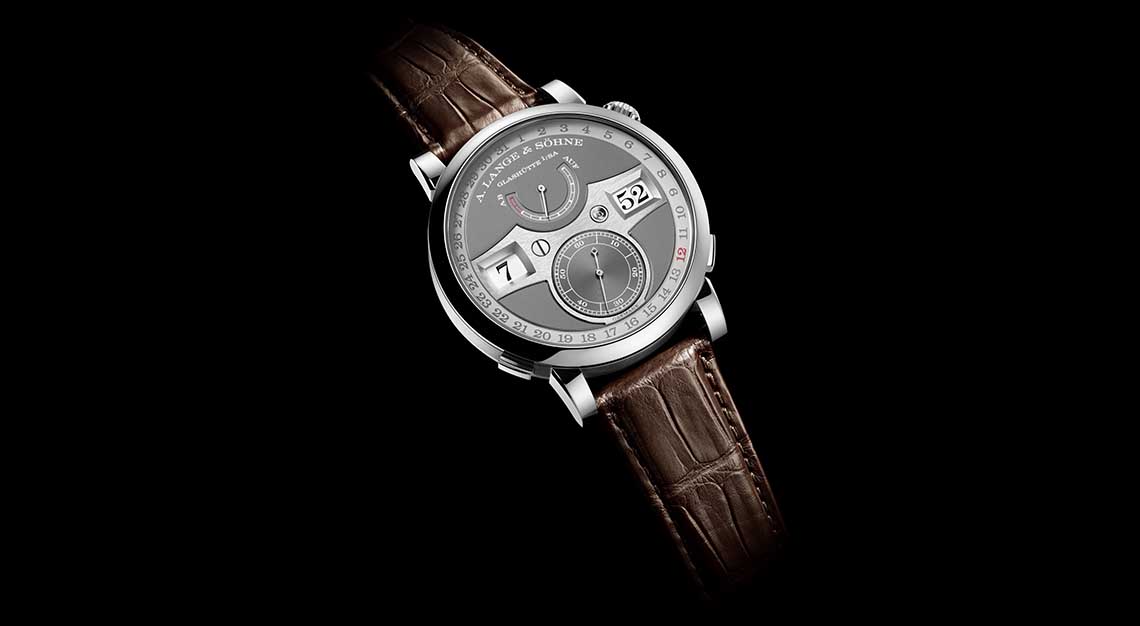It’s time to rethink the anatomy of a classic wristwatch
Whether mechanical or quartz, a typical wristwatch is made up of a few standard components that are assembled in a precise manner. On the outside is the case which is made up of the case band or case middle, the bezel with crystal on top, the caseback underneath, and the crown and push buttons on the sides.
Within this structure sits the movement, a labyrinth of individual parts numbering anywhere from over 100 to several hundreds, secured with casing rings. A dial with hands often sits under the crystal above the movement, and straps are either attached to the lugs or integrated with the case.
This is the core structure of a classic wristwatch. For better or worse, it’s the one that works and the one that is almost universally followed – almost because there are always brands trying to be different. Most recently, brands such as Richard Mille, Audemars Piguet and Piaget have successfully unveiled all-new designs that may alter your perception of luxury watches forever.

Shock Value
Richard Mille’s timepieces are often shocking in terms of technique, design and concept but that’s the only kind of shock that’ll occur because shock-proofing is one of the most definitive elements of a Richard Mille. After all, this is the brand that famously casually tossed its first watch, a limited production gold tourbillon, off the table and onto a hardwood floor.
That watch, an RM 001, survived the ordeal but Richard Mille’s quest for more robust movements and complications continues. Its 2018 magnum opus, the RM 53-01 Tourbillon Pablo Mac Donough, is the latest model within its arsenal sending shockwaves throughout the industry.
The movement is the most vulnerable part of any watch and all efforts to make a watch shockproof centres around it.
Richard Mille has experimented with dozens of ways to protect the movement, but its most dynamic solution to shock-proofing the movement has to be the use of braided steel cables to suspend it in mid-air.


In the RM 53-01, the central base plate rests on two braided steel cables measuring just 0.27mm in diameter. The movement is protected from shock because contact with the case is kept to a minimum. The cables are anchored by four tensioners on a pulley system, which allows the watchmaker to make minute adjustments. When calibrated to the ideal distribution of tension, the system guarantees perfect balance of the entire mechanism.
Richard Mille introduced this concept in 2013 with the RM27-01 which was created for tennis ace Rafael Nadal. According to the manufacture, this shock-proofing system can stand up to over 5,000Gs of force and acceleration.

Ultrathin Mastery
Piaget has consistently pushed the envelope in watch design with the goal to create the thinnest luxury mechanical watch on the market. Historically, the manufacture has been a specialist in ultrathin horology, having produced such legendary movements as the Calibres 9P and 12P. To date Piaget has made 25 ultrathin calibres, and its iconic Altiplano has become synonymous with ultrathin.
At the beginning, Piaget achieved ultra-thinness by reducing the heights of as many key components as possible, both of the movement and of the case. By 2013, however, it went back to the drawing board to come up with a new strategy.
The solution was to integrate the movement with the case. Piaget’s latest ultrathin watch is so thin it looks two-dimensional. Named Altiplano Ultimate Concept, the case measures 41mm across and is just two millimetres thick, and it all but disappears when viewed from the side. Piaget’s product marketing manager Marc Menant adds that this timepiece necessitated a specially crafted leather strap because ordinary straps were thicker than this case.

In this concept watch, there is no segregation of what is the case middle, bezel, caseback and movement. Everything has been fused together as one. Piaget’s Research & Innovation Division spent four years realising this timepiece, which has five patents pending. Rather than regular steel, Piaget has used an ultra-rigid and robust cobalt-based high-tech alloy which does not flex in spite of its thinness. Its crystal, too, has been reduced to just 0.2mm, while some wheels are only 0.12mm.
Its regulating organ has also been redesigned such that the balance wheel bridge and traditional Incabloc shock absorbers were dispensed with. Rather, the balance wheel and spring are pinned up to the collet and inverted, so the wheel appears above the spring. The barrel also has a distinctive construction devoid of a cover and drum, while the crown is a flat-shaped telescopic crown recessed into the case.
The final result may not yet be a commercially viable product but Piaget has learned much from this endeavour, enough to have launched the Altiplano 900P and 910P both of which are no less astounding.

Complete Restructuring
Audemars Piguet was also a major contributor to ultrathin watchmaking. Since the 20th century it’s made numerous extra-thin timepieces many of which are high complications. Some examples from its archives include a pocket watch made in 1921 measuring just 1.32mm thick and an ultrathin perpetual calendar wristwatch made in 1978. This was the world’s thinnest self-winding perpetual calendar with a central rotor – a record it’s held for 40 years but just got broken by a new Audemars Piguet watch, the Royal Oak RD#2 Perpetual Calendar Ultra-Thin.
With this revolutionary concept watch, Audemars Piguet had reconfigured the basic anatomy of a perpetual calendar. Thinking far outside the box, its watchmakers and engineers literally crossed arms over how exactly to produce a perpetual calendar that was even thinner than the thinnest Royal Oak currently on the market.
The Jumbo with date measures 3.05mm (movement) and this one is just 2.89mm, while the entire watch is a svelte 6.3mm.
The solution was to combine various levels of the traditional movement into just one. For that to happen, its watchmakers needed to redesign some of the perpetual calendar’s most critical components, which had to double up in terms of function. Controlling the months typically requires four layers, each layer signifying a year, and three layers to control the date in order to display 28, 30 or 31 days.


Here, Audemars Piguet has made a mechanism with a single flat construction where all components interact on the same level.
There is a 48-teeth wheel to control the 48 months over four years until the next leap year. Between the teeth there are notches to control the length of the months; shallow notches indicate 31 days, deeper ones 31, and the deepest ones are for the month of February with 28 or 29 days. This single component eliminates the need for multiple layers and the leap year satellite wheel.
The date wheel has 31 teeth for the maximum number of days a month may have. But it also has a special tooth that’s 0.12mm longer than all the rest, which is responsible for advancing the date display from 30th to 1st, and another one with a special shape that’s in charge of February.
It’s worth noting that this extraordinary slimness for a perpetual calendar is achieved by using the dial as a functioning bridge, and the 2.89mm movement height does not include the dial.
This allows Audemars Piguet to retain the standard thickness for components as well as hands, which are tipped with SuperLuminova.






